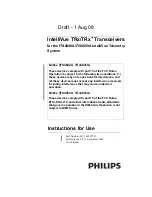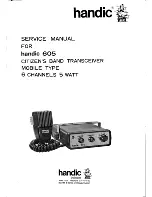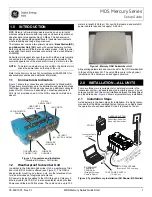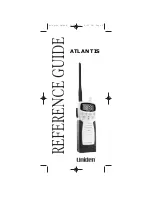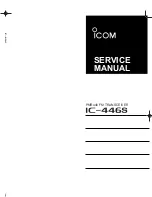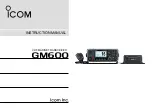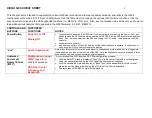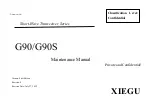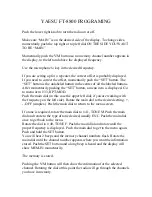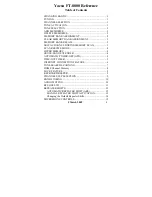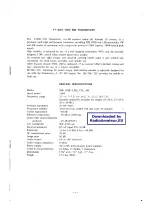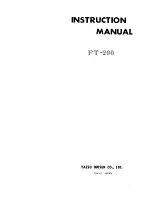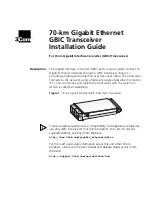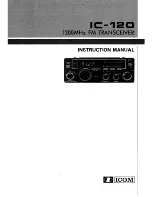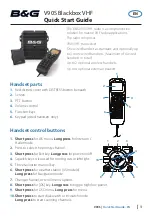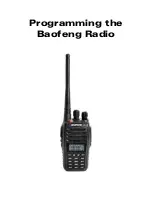
Draft - 1 Aug 08
Instructions for Use
IntelliVue TRx/TRx
+
Transceivers
for the ITS4840A/ITS4850A IntelliVue Telemetry
System
Part Number: 4535 640 87761
Printed in the U.S.A. September 2008
First Edition
Notice (ITS4842A, TRx4841A)
These devices comply with part 15 of the FCC Rules.
Operation is subject to the following two conditions: (1)
these devices may not cause harmful interference, and
(2) these devices must accept any interference received,
including interference that may cause undesired
operation.
Notice (ITS4852A, TRx4851A)
These devices comply with part 15 of the FCC Rules,
ETSI, RSS-210, and other international radio standards
that govern operation in the ISM band. Operation is not
subject to WMTS rules.
Summary of Contents for IntelliVue TRx
Page 6: ...Draft 1 Aug 08 About this Book vi ...
Page 40: ...Draft 1 Aug 08 Accessories 2 18 Product Safety ...
Page 54: ...Draft 1 Aug 08 Audible Tones 3 14 Transceiver Controls ...
Page 74: ...Draft 1 Aug 08 Battery Information 4 20 Basic Operation ...
Page 94: ...Draft 1 Aug 08 Technical Alarms INOPs 5 20 Alarms ...
Page 152: ...Draft 1 Aug 08 How the QT Analysis Algorithm Works 7 24 ST AR Arrhythmia Monitoring ...
Page 176: ...Draft 1 Aug 08 Optimizing SpO2 Measurement Performance 8 24 SpO2 Monitoring ...
Page 236: ...Draft 1 Aug 08 Troubleshooting 11 16 Maintenance Cleaning Troubleshooting ...
Page 268: ...Draft 1 Aug 08 SpO2 Accessories A 10 Accessories ...
Page 270: ...Draft 1 Aug 08 B 2 Sales and Support Offices ...
Page 274: ...Draft 1 Aug 08 Index 4 ...

